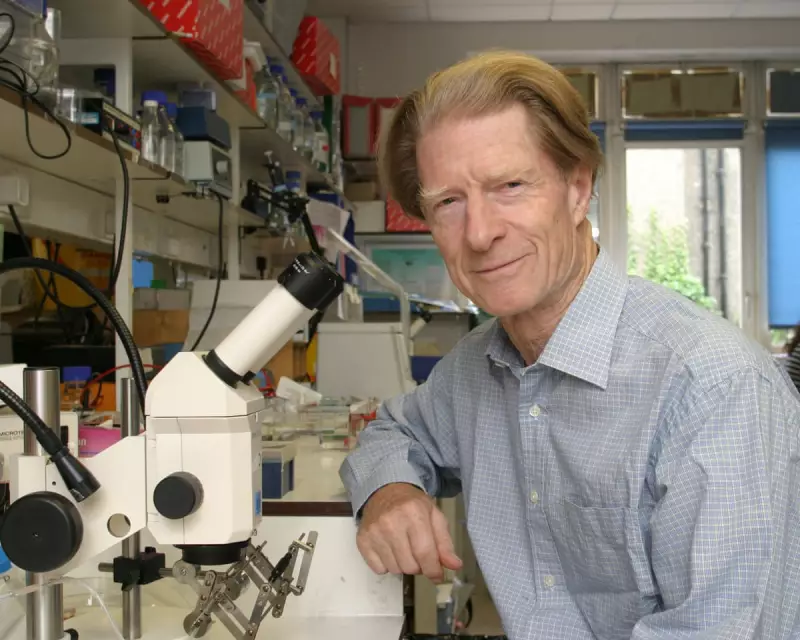
The scientific world mourns the passing of Sir John Gurdon, the visionary British biologist whose groundbreaking cloning experiments fundamentally transformed our understanding of cellular development and earned him a Nobel Prize. He died on 1st October 2025 at the age of 91.
Sir John's journey to scientific immortality began with what must rank among history's most inaccurate school reports. His Eton science master famously declared that pursuing biology would be a "sheer waste of time" for the young Gurdon, suggesting he instead consider something less intellectually demanding.
The Frog That Changed Everything
Undeterred by his teacher's lack of faith, Gurdon made one of the 20th century's most significant biological discoveries in 1962. Through meticulous work with Xenopus frogs, he demonstrated that mature, specialised cells contain all the genetic information needed to create an entire organism.
His revolutionary experiment involved replacing the nucleus of a frog egg cell with one taken from a mature intestinal cell. The resulting embryo developed into normal tadpoles, proving that cell development wasn't a one-way street and that specialised cells could be reprogrammed.
From Scientific Heresy to Accepted Doctrine
At the time, Gurdon's findings challenged fundamental biological dogma. The scientific establishment largely believed that as cells specialised into different tissues - skin, muscle, nerve - they irretrievably lost the ability to become other cell types.
"The idea that you could take a specialised cell and get it to go back to the beginning was considered biological heresy," noted one colleague. Gurdon's work proved otherwise, establishing the principle of nuclear reprogramming that would eventually lead to mammalian cloning and stem cell technology.
The Ultimate Validation: From School Report to Nobel Prize
In 2012, exactly fifty years after his seminal frog experiments, Gurdon received science's highest honour - the Nobel Prize in Physiology or Medicine, which he shared with Shinya Yakanaka. The Nobel Committee recognised how his work had "revolutionised our understanding of how cells and organisms develop."
In a moment of poetic justice, Gurdon framed his discouraging school report and kept it prominently displayed in his Cambridge office as a reminder that conventional wisdom isn't always wise.
A Legacy That Spawned New Fields of Research
Gurdon's pioneering work directly enabled numerous medical and scientific advances:
- The cloning of Dolly the Sheep in 1996
- Development of induced pluripotent stem (iPS) cells
- New approaches to regenerative medicine
- Advanced understanding of cellular aging and cancer
Beyond his research, Gurdon founded Cambridge's Wellcome Trust/Cancer Research UK Gurdon Institute, which continues to be at the forefront of developmental biology and cancer research.
Sir John Gurdon's story serves as an enduring lesson in perseverance and the importance of questioning established truths. The schoolboy once deemed unsuitable for science became one of biology's greatest revolutionaries, leaving a legacy that continues to shape medicine and our fundamental understanding of life itself.





